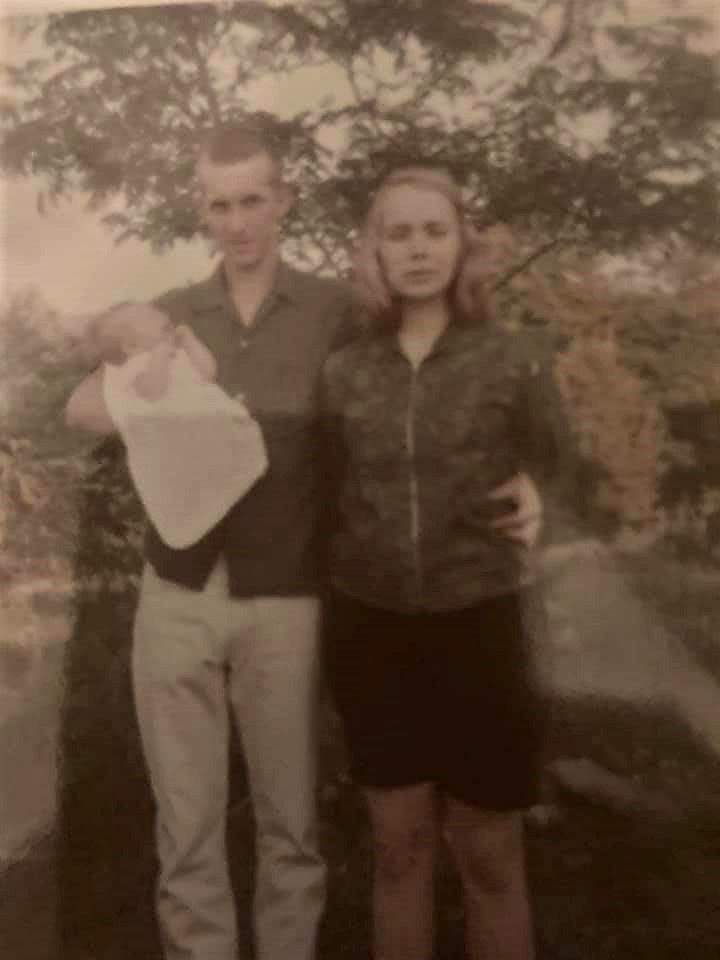The Suffering Artist and a Picture of a Daisy
- joybragi84
- May 29, 2022
- 3 min read

Anyway, Kellie took this picture of a rain-mottled daisy while we walked in the city park the other day. I do not know what it has to do with the theme of the day, but it is a dandy picture. Enjoy!
In a wonderful and very troubling short story called The Ones Who Walk Away from Omelas by American author Ursula Le Guin, she tells us that artists have been, still are, and will continue to commit treason upon the common sense of their fellow humans by convincing their audience that pain is intellectual and evil is interesting. She does an excellently symbolic twist by showing us that we (humans) can only believe that art exists when the artist suffers. Almost no one I have ever talked to believes in the utopia that exists in Omelas when the child artist simply plays his flute in the crowd. The neglected and abused cellar child does not even have to perform an art for, as Le Guin the artist betrays us, he performs the “ultimate” art. He suffers. In fact, I suspect that Mrs. Le Guin is very well aware that most humans think that there is no good without suffering. Most of the greatest people of all times die young, right? They die suffering, right? They die for us so that we do not have to suffer, right?
I believe the point of her story is that, if we really thought about, the suffering of the artist, the suffering of the soldier and his or her family, and the suffering of all those who have “laid down their lives” for others never had to occur. Artists, through their art, simply keep telling us that it has to happen. Why have they always done that? Why would they continue to do that? Just something to think about!
By the way, if you are tempted to go read the story—and I highly recommend it—please, please be aware that those who walk away from Omelas are going somewhere that is unimaginable. They are totally ignorant of where they are going, and they cannot possibly predict what they might encounter, but it will not be another human, for they must go alone. They have no idea about their future, and thus, the believe in nothing. Believing in nothing is called nihilism. Those who walk away from Omelas had rather believe in nothing than in the idea that one person can suffer for the good of another or for the good of all. Why do we believe it unless it is presented to us in a horrifying example? Again, think about it!
Here is a poem that represents the betrayal of the artist, which, in this case, is me. I do think that the artist has the ability to express suffering in a universal manner. Though I do present it differently in this poem, I do not believe that an artist’s suffering is necessary for her or him to produce worthwhile art. It—well—it just…sure does seem that way. Probably because we have always been betrayed by the artist!
Suffering
Suffering is never framed in wood
Nor gathers faith in cups of blood.
Suffering knows not love nor sin
Nor absent warmth on pap’ry skin,
Nor nervous hands of fitful prayer,
Nor lying oaths sealed in a kiss;
No, suffering flits through sunlit air
And proffers promises like this.
That we’ll have peace until we rest,
That we are always to be blessed,
That we’re assured of quiet lives
That end before our kids’ and wives’,
That children world-wide all have hope
To live lives free of thirst and pain.
No, suffering casts a shortened rope
So that we only long in vain.
Suffering bestows the shock when we are born
The moment when our tiny foreskin’s shorn,
When thirsty little lips are pulled from breasts,
When all our childhood failings are confessed,
When family and friends no more relieve,
The itching, burning ache within our hearts,
When we’re no longer sure what to believe
Because Truth is divided by its arts.
Pain is not suffering.
Evil is not interesting.
No one ever suffered
Because the bee chose to sting.
Suffering, who knows about this thing?
Real poets do,
And that is why they sing.




Comments